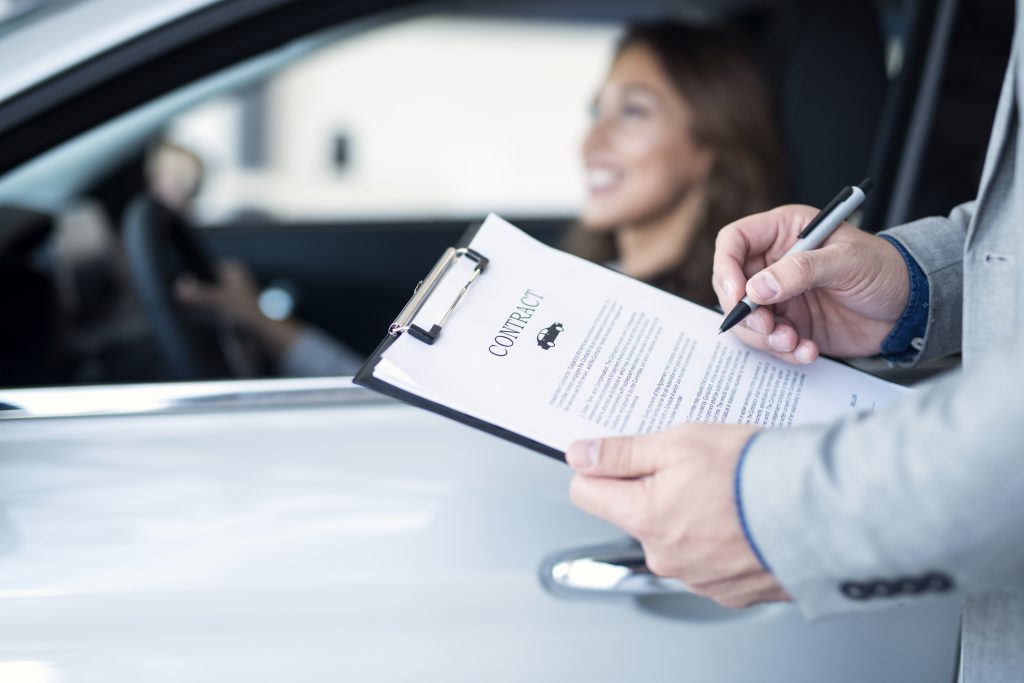Unexpected expenses can turn a total loss into a financial nightmare – especially when gap insurance doesn’t work the way you expected. Many drivers assume their policy covers every situation, only to find out too late that gap insurance not covering total loss is a common issue. From overpaying for dealership gap insurance vs third-party options to missing out on potential refunds, these gap insurance mistakes can cost you thousands.
In this guide, we’ll explore the most common gap insurance errors, highlight gap insurance pitfalls, and explain how to avoid gap insurance mistakes to ensure you’re fully protected – without overpaying.
1. Overpaying for Dealership Gap Insurance Without Comparing Options
Many car buyers assume the dealership’s gap insurance is their only or best choice. This is one of the most common gap insurance mistakes that could cost you hundreds of dollars per year.
The Problem:
- Overpriced policies – Dealership gap insurance can cost 2-3x more than third-party providers.
- Bundled into your auto loan – You end up paying interest on it for the entire loan term.
The Fix:
- Compare dealership gap insurance vs third-party providers – many independent insurers offer better rates.
- Ask your auto insurer if they provide gap insurance – they often have lower-cost options.
- Check online quotes before signing a contract with the dealer.
2. Assuming Gap Insurance Covers Every Financial Loss
Not all gap insurance policies cover every situation. Many drivers assume they are fully protected, only to realize their claim is denied when it’s too late.
The Problem:
- Gap insurance not covering total loss – Some policies don’t cover all scenarios.
- Negative equity exclusions – If you rolled over an old loan into your new one, the gap policy may not cover the full balance.
- Rideshare exclusions – If you drive for Uber or Lyft, some insurers won’t honor your claim.
The Fix:
- Read the fine print – Ask for a clear explanation of what’s covered and what’s excluded.
- Confirm negative equity coverage – If you had an outstanding loan balance, make sure it’s included.
- Ask about rideshare coverage – Some insurers require a special endorsement.
3. Forgetting to Request a Refund After Paying Off Your Loan
Did you know you can get a refund on unused gap insurance if you pay off your car early or refinance? Many people don’t, which means they lose hundreds of dollars they could have reclaimed.
The Problem:
- Most insurers won’t automatically refund you – You have to request it.
- If you sell your car or refinance, you may still be paying for coverage you no longer need.
The Fix:
- Understand the gap insurance refund process before purchasing.
- Check your payoff date and immediately request a refund once you no longer need coverage.
- Call your provider – don’t assume they will cancel the policy for you.

4. Buying Gap Insurance for a Car That Doesn’t Need It
Not every car needs gap insurance. Many drivers waste money paying for coverage when their vehicle isn’t at risk of being worth less than the loan balance.
The Problem:
- If you put down 20% or more, you probably don’t need gap insurance.
- Short loan terms (36 months or less) mean your car’s value won’t depreciate fast enough to justify gap coverage.
- Some insurance policies already offer new car replacement coverage, making gap insurance unnecessary.
The Fix:
- Only buy gap insurance if your loan amount is higher than your car’s current value.
- Review your auto policy – your insurer may already provide new car replacement.
- Consider skipping gap insurance if you paid a large down payment or financed for a short term.
5. Forgetting to Cancel Gap Insurance After Paying Off the Loan
Even after paying off their car loan, many people keep paying for gap insurance because they forget to cancel it.
The Problem:
- Some lenders won’t automatically cancel gap insurance – you have to request it.
- Even if you paid upfront, you may still be eligible for a partial refund.
The Fix:
- Call your insurer or lender right after your loan is paid off.
- If you prepaid for gap insurance, ask about the refund process.
- Check your monthly bank statements to ensure you’re not still being charged.
FAQ: Everything You Need to Know About Gap Insurance
1. How do I know if I need gap insurance?
You should consider gap insurance if you:
- Put down less than 20% when buying your car.
- Have a loan term of 60 months or longer.
- Are financing a vehicle that depreciates quickly.
2. Can I cancel my gap insurance anytime?
Yes, you can cancel gap insurance at any time, but whether you get a refund depends on how your policy was structured.
3. How do I get a refund on unused gap insurance?
- Contact your gap insurance provider.
- Provide proof that your loan has been paid off.
- Request a prorated refund if you prepaid for coverage.
Avoid These Costly Gap Insurance Mistakes
Gap insurance can be a smart investment, but only if you fully understand what you’re paying for. Here’s what to do:
- Compare dealership gap insurance vs third-party to avoid overpaying.
- Check your policy details to make sure it covers total loss and negative equity.
- Request a refund if you no longer need coverage.
If you’re unsure whether your current gap insurance is right for you, it may be worth reviewing your policy to avoid unexpected costs in the future.
0 Comments